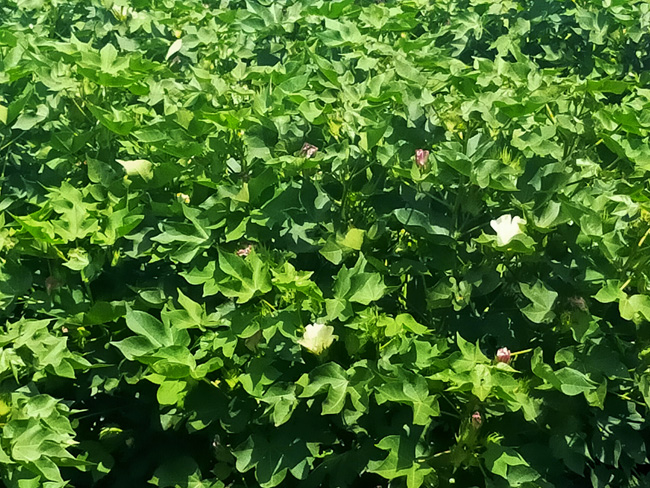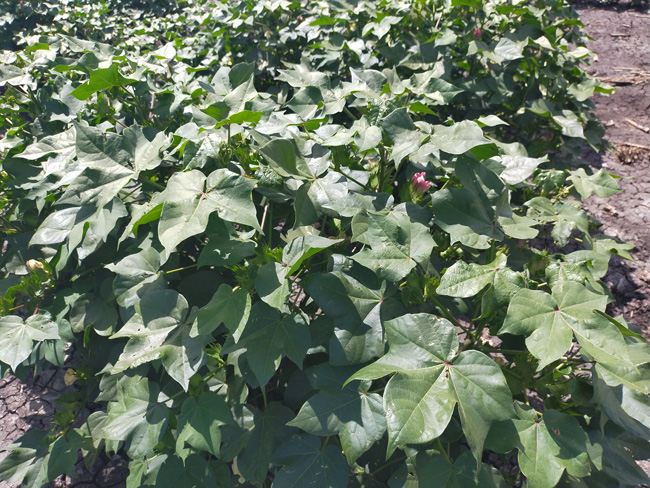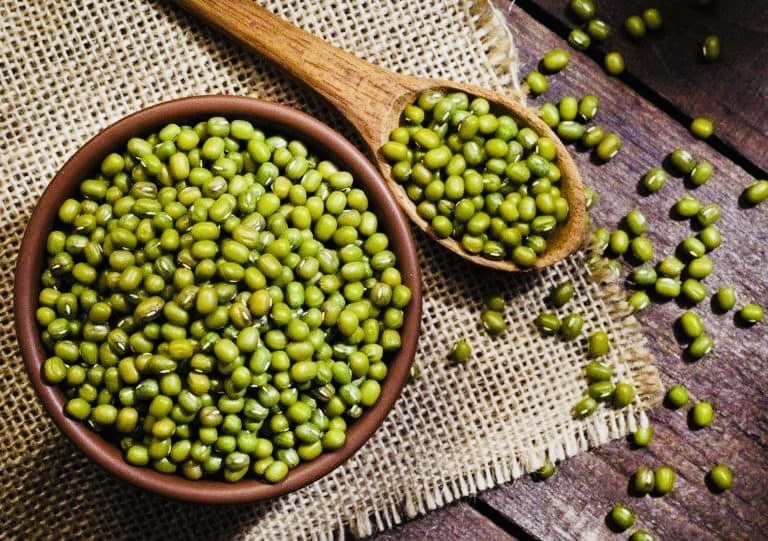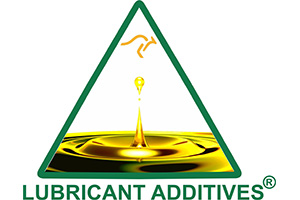Textile Industry ( Cotton Export )
Cotton is grown in the inland regions of northern New South Wales and southern Queensland. The major production area in NSW stretches south from the Macintyre River on the Queensland border and covers the Gwydir, Namoi and Macquarie valleys. It is also grown along the Barwon and Darling rivers in the west and the Lachlan and Murrumbidgee rivers in the south. In Queensland, cotton is grown mostly in the south in the Darling Downs, St George, Dirranbandi and Macintyre Valley regions. The remainder is grown near Emerald, Theodore and Biloela in Central Queensland.
Australia’s cotton growing season lasts approximately six months, starting in September/October (planting) and ending in March/April (picking). Irrigation water availability is a limiting factor in cotton production. Water-use efficiency has increased by approximately 240 percent since the 1970’s and Australian cotton growers are now recognised as the most water-use efficient in the world and three times more efficient than the global average. In addition, Best Management Practices programs, Integrated Pest Management strategies and the use of biotechnology reduced pesticide use by more than 85 per cent during the period 2000-2010.
Australia is one of the world’s largest exporters of raw cotton with more than 90 per cent of production exported, mainly to Asian spinning mill customers. China, Indonesia and Thailand are the main buyers followed by South Korea, Japan, Taiwan, Pakistan and Italy.
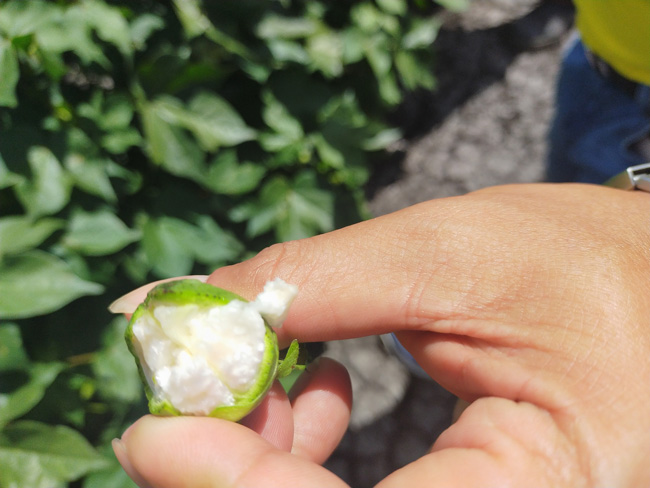
Marketing
The Australian cotton industry operates under an unregulated market system. Cotton growers have the option of delivering their cotton directly to a processor or having it marketed by an independent merchant.
A number of pricing alternatives are available to growers, including:
- Cash sale - sale following harvest for immediate payment
- Seasonal pool –growers receives the average ‘realisation price’ obtained by the pool for all cotton delivered in a season, with adjustments for quality
- Call pool – similar to a seasonal pool, except that operators assist growers hedge, using futures and options, for both cotton and currency
- Minimum price pool – operators use options to guarantee a minimum return, while allowing growers to benefit from any price improvements at the time of harvest
- Forward contract – a binding contract specifying price, quality and quantity of cotton to be delivered at a specified date
